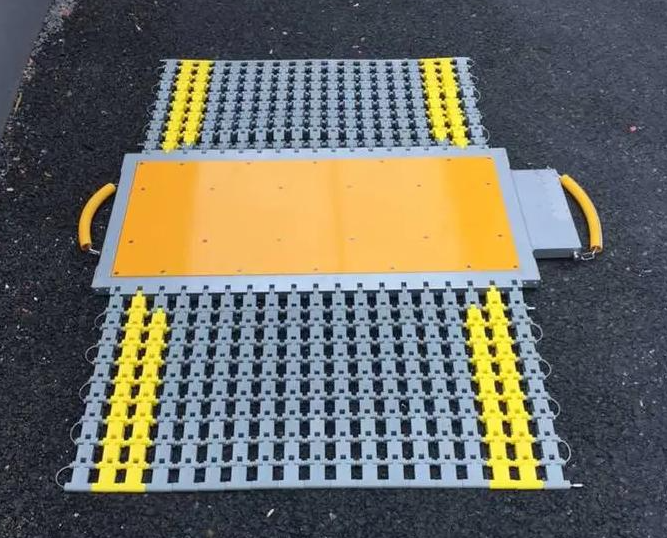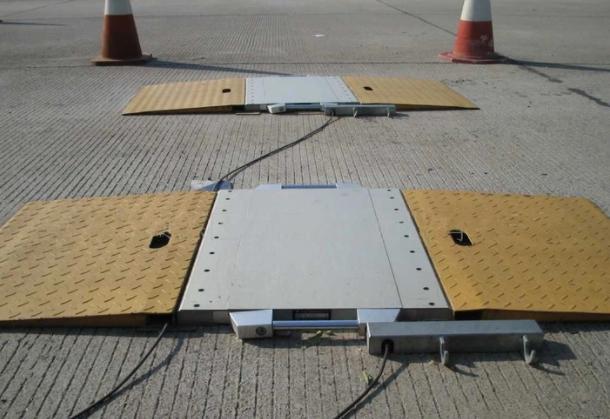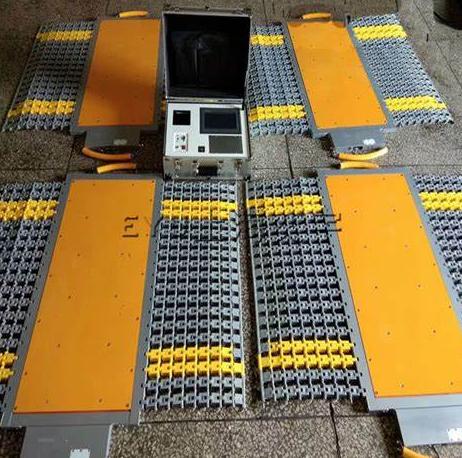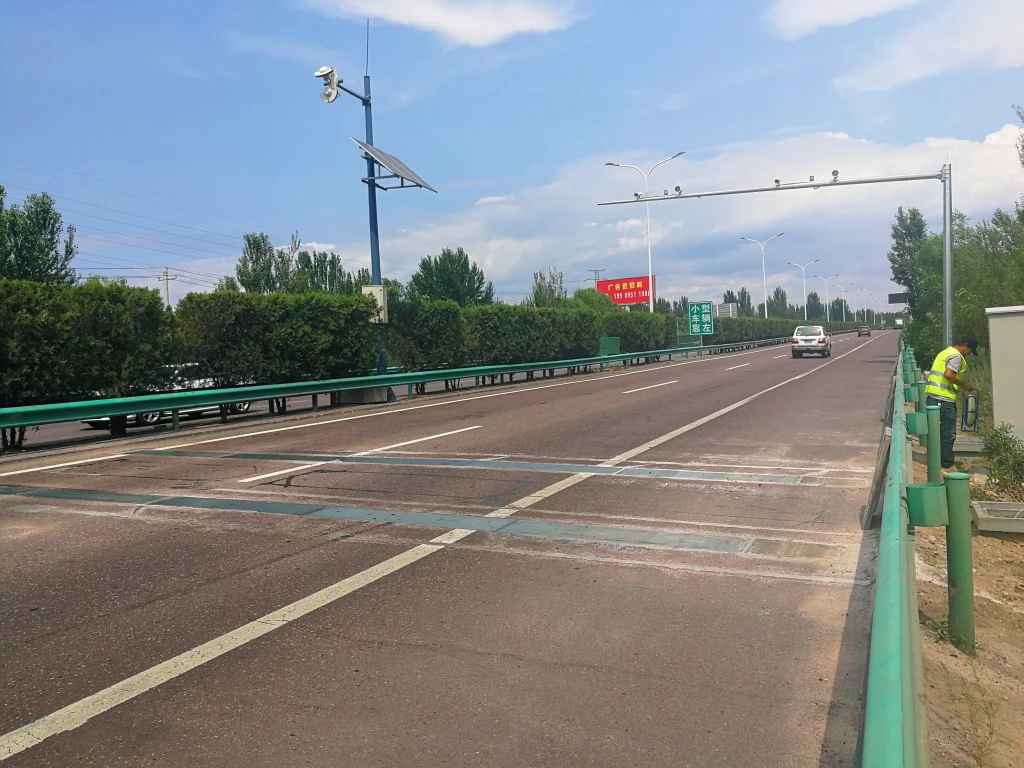Weighing Scales: Axle Load Scales or Platform Scales?
Accurate weight measurement is critical in many industries. The proper weighing equipment is essential for ensuring safe and compliant transportation of goods as well as maintaining efficient inventory control. However, navigating the options can be challenging. This article looks at the two main options for vehicle weighing: axle load scales and platform scales. We’ll look at the key differences in functionality, design, and operation, so you can understand how each one works. Finally, we’ll walk you through the key factors to consider when selecting the best scale for your specific requirements. So, whether you’re a business owner managing inventory, a construction manager monitoring equipment loads, or simply someone interested in weighing, this article will help you confidently navigate the world of axle load scales and platform scales.
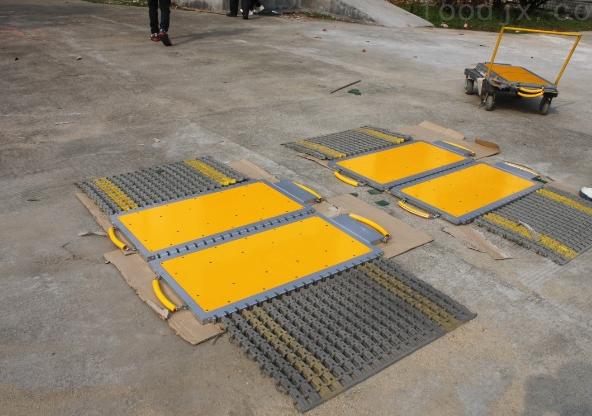
Difference 1: Functionality
Axle Load Scales
Concentrate on measuring the weight distribution across each axle of a vehicle. They give a detailed breakdown of how much weight each axle carries. This is critical for maintaining weight limits and protecting roads from damage caused by overloaded vehicles.
- Dissecting Weight Across Axles: Unlike platform scales, which provide a single weight value, axle load scales focus on individual axles. They are typically made up of multiple weighing pads or platforms embedded in the road surface at weigh stations or built into a weighbridge. As a vehicle’s axles pass over a pad, load cells within the pad measure the specific weight exerted by that axle.
- Enforcing Weight Limits: The detailed breakdown is essential for enforcing weight limits on each axle. Regulations frequently specify maximum weight limits for individual axles to prevent excessive strain on roadways. Axle load scales enable authorities to ensure that no single axle is overloaded, thereby protecting infrastructure and promoting road safety.
- Monitoring Heavy Equipment Loads: Axle load scales are used in construction, mining, and other industries that require heavy equipment, beyond just weight limits. By measuring the weight on each axle of these machines, operators can keep track of load distribution and avoid overloading, which can lead to equipment failure or safety risks.
Platform Scales
Determine the total weight of a good placed entirely on the platform. They provide a single weight value, making them ideal for applications where overall weight is the most important consideration, such as inventory management, shipping weight verification, or general weighing tasks. Their functionality focuses on obtaining a single value for total weight:
- Single Platform for Total Weight: The main component of a platform scale is a strong, elevated platform that can support the entire weight of the good being weighed. This platform is typically made of high-strength materials like steel to withstand heavy loads while maintaining stability.
- Cumulative Weight Measurement: The load cells are strategically placed beneath the platform. These load cells, similar to those used in axle load scales, work together to determine the total weight of the good resting on the platform. The load cell signals are processed by a central unit, which displays the vehicle’s total weight.
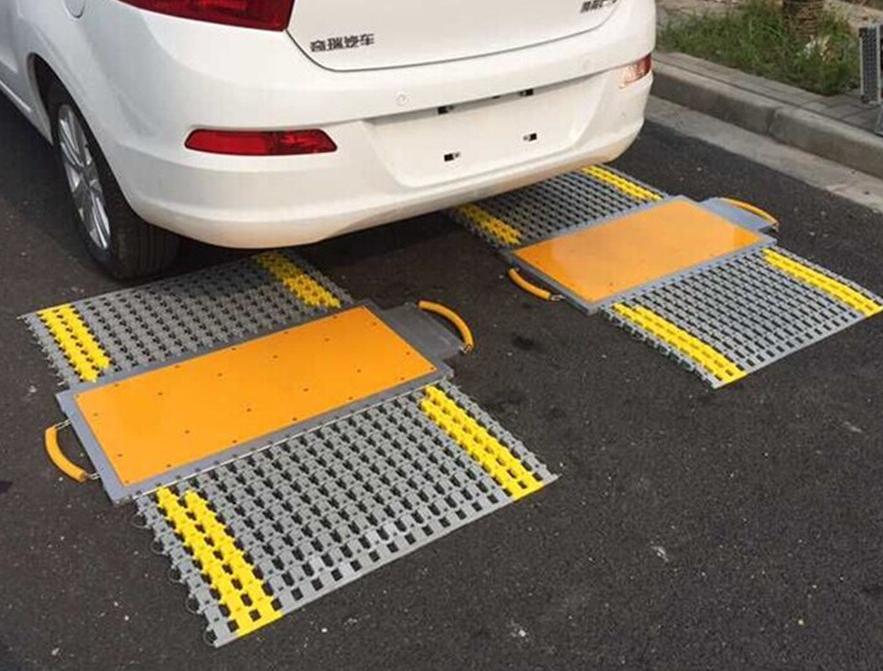
Difference 2: Design
Axle Load Scales
- Multiple Weighing Pads: Unlike platform scales, which have a single platform, axle load scales use multiple individual weighing pads or platforms. These pads can be thought of as individual weighing stations, usually installed flush with the road surface at weigh stations or embedded within a weighbridge. The number of pads is proportional to the number of axles the scale is intended to weigh.
- Focus on Individual Axles: The design focuses on isolating the weight of each axle. This is accomplished by separating the weighing pads and ensuring a minimum weight distribution between them.
Platform Scales
- Single, Large Platform: The design is based on a single, robust platform that can support the entire weight of the good being weighed. This platform is typically built from high-strength materials such as steel to withstand heavy loads without sacrificing stability.
- Focus on Total Weight: The platform is designed to support the weight of the entire good. The platform provides a continuous weighing surface, ensuring even weight distribution across the load cells.
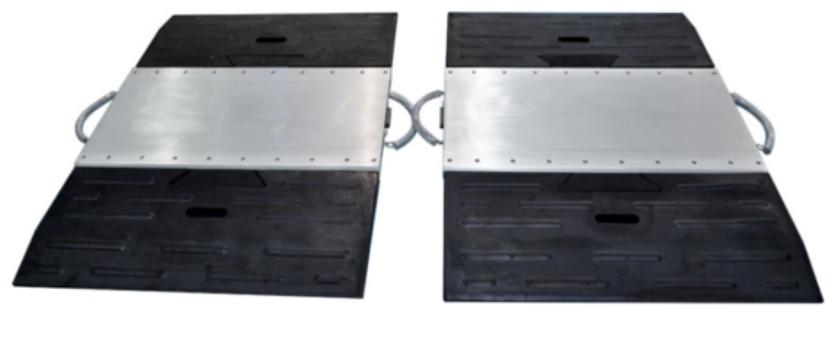
Difference 3: Operation
Axle Load Scales
- Static or Weigh-in-Motion: Axle load scales can operate in two primary modes:
- Static Weighing: In this method, the vehicle comes to a complete stop over the pads, allowing each axle to register its weight on the appropriate pad. This method provides the most accurate weight measurement for each axle.
- Weigh-in-Motion (WIM): This method enables vehicles to pass over the pads at a slow, controlled speed. The load cells measure the weight of each axle as it passes over the pad. While WIM systems provide faster processing, they may have slightly lower accuracy than static weighing.
Platform Scales
Typically Static Weighing: Platform scales, as opposed to axle load scales, typically require the vehicle to come to a complete stop on the platform to measure weight accurately. The platform’s stability and the load cells’ ability to capture weight distribution across the entire platform are designed for static weighing.
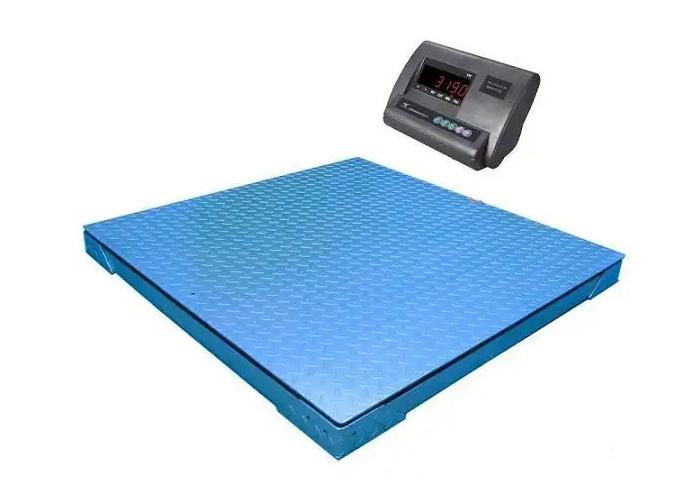
Choosing the Right Scale Between Axle Load Scales and Platform Scales
When to Choose Axle Load Scales:
- Weight Limit Enforcement: If your primary concern is ensuring weight compliance for each axle of a vehicle, axle load scales are the obvious choice. They provide a detailed breakdown, allowing authorities to identify and address overloaded vehicles that may cause road damage.
- Monitoring Heavy Equipment Loads: Axle load scales are essential tools for industries that use heavy equipment, such as construction and mining. By measuring the weight on each axle of these machines, operators can avoid overloading and potential equipment failures.
- Detailed Weight Distribution Analysis: Axle load scales provide detailed information about a vehicle’s weight distribution across its axles. This information is critical for optimizing load balancing and ensuring the vehicle’s safe operation.
When Platform Scales are the Ideal Choice:
- General Weighing Needs: Platform scales provide a versatile and efficient solution for the majority of common weighing tasks. Platform scales can be used to weigh individual items in warehouses as well as entire vehicles.
- Inventory Management: Knowing the total weight of incoming and outgoing goods is critical for keeping accurate inventory records. Platform scales offer the single weight value required for effective inventory control.
- Shipping Weight Verification: Platform scales ensure that packages or shipments meet the weight requirements set by shipping carriers, preventing delays or penalties for overweight packages.
- Simplicity and Efficiency: Platform scales provide a simple and efficient way to determine a vehicle’s total weight. Their single platform design and static operation make them easy to use and suitable for a wide range of weighing tasks.
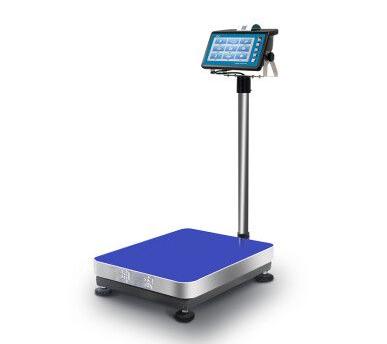
Conclusion
You can now make an informed decision after learning about the different functionalities, designs, and applications of axle load scales and platform scales. Remember, the key is to identify your primary requirement: are you concerned with individual axle weights for weight limit enforcement or equipment monitoring, or do you simply need a vehicle’s total weight for inventory management or shipping? Once you understand this, selecting the appropriate scale becomes a simple task. This article has given you the knowledge you need to weigh your options and choose the best scale to meet your weighing requirements. You simply need a professional by your side, and then you can weigh confidently!

